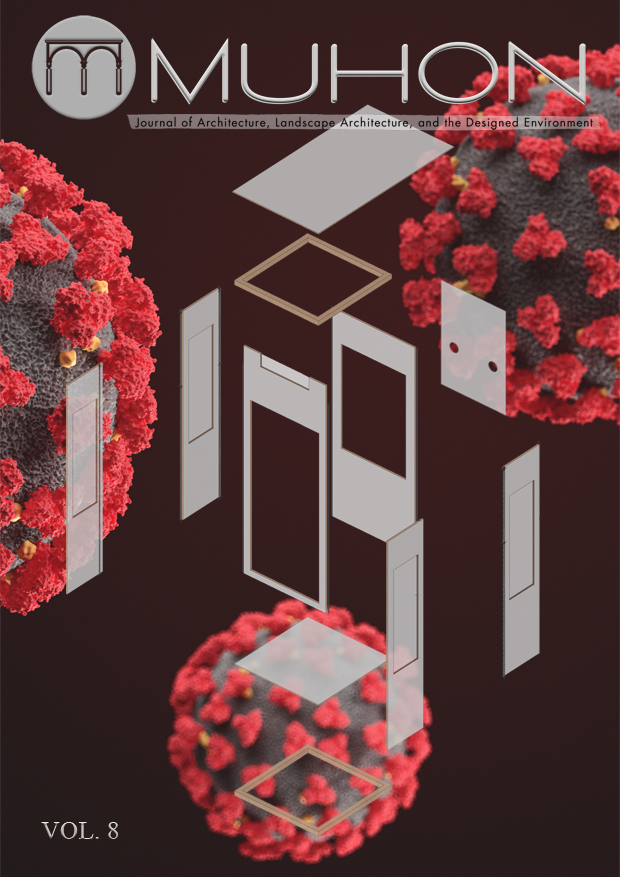The Spatial Expression of Informal Livelihoods: An Examination of Charcoal Production in Tondo, Manila and Resettlement
Abstract
Access and provisions for livelihood are mandated by policies in housing resettlement. However, while the design and planning of housing developments typically focus on the particulars of housing units, little attention is given to the spatial details of livelihood reconstruction. The study addresses this issue by examining Ulingan, an informal settlement engaged in the communal production of charcoal, clarifying its spatial organization, and comparing it with St. Martha Estate Housing, the resettlement site. By examining charcoal-making in Ulingan and its spatial characteristics, the research sheds light on the organization of space in communal livelihoods within informal human settlements and highlights how it compares with socialized housing templates. The study suggests that, although spatial organization influences the cultivation of systems of cooperation in livelihoods, it is also important to consider the broader context in which informal livelihoods thrive. Future studies should examine the impact of spatial organization in different types of resettlement sites (e.g., in-city, off-city, slum upgrading) across various types of informal economies to inform planning for livelihood reconstruction.
Published
2022-01-18
Issue
Section
Articles
The contributor waives any royalties for the publication of his/her article, as UPCA is a non-profit organization.
The copyright for the published work belongs to UPCA and its selected publisher. The contributor is free to publish a modified version of the same article in other publications.
The contributor guarantees that :
The copyright for the published work belongs to UPCA and its selected publisher. The contributor is free to publish a modified version of the same article in other publications.
The contributor guarantees that :
- the article does not infringe on the copyright or any proprietary right of any other person
- the article contains no libelous or other unlawful matter
- the article makes no improper invasion of the privacy of any other person.





